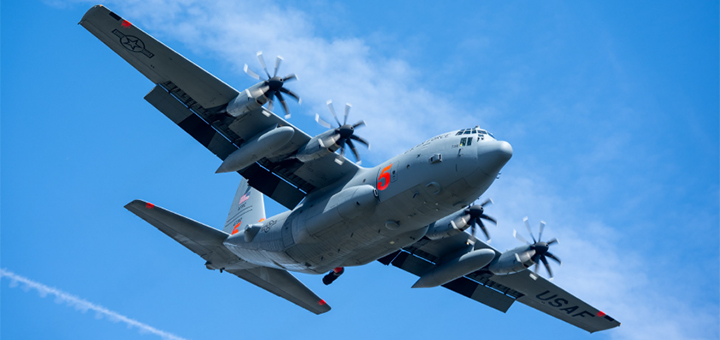Other News Releases
Media Contact: NIFC: Stanton Florea 208-387-5437, [email protected]
Boise, Idaho - July 15, 2025 – At the request of the National Multi-Agency Coordinating Group (NMAC), U.S. Northern Command has mobilized two C-130 aircraft equipped with Modular Airborne Fire Fighting Systems (MAFFS) from the California Air National Guard’s 146th Airlift Wing and another from the Nevada Air National Guard’s 152nd Airlift Wing to support wildland firefighting operations out of Channel Islands Air National Guard Station, Port Hueneme, California.
On July 12, the NMAC raised the National Wildfire Preparedness Level to 4 (out of 5), reflecting increased wildland fire activity across multiple regions of the country. A total of 37,878 wildfires have burned approximately 2.6 million acres in the U.S. so far this year. Currently, 37 large fires are burning across several western states with more than 15,000 wildland firefighters and support personnel deployed across these incidents.
The NMAC is a committee composed of representatives from each of the wildland fire agencies based at the National Interagency Fire Center (NIFC) in Boise, Idaho.
MAFFS-equipped aircraft can be activated to provide a critical “surge” capability to help slow or stop the spread of wildland fires. MAFFS aircraft are only activated when all commercial airtankers that are part of the national airtanker fleet are fully committed or not readily available. The eight C-130 Hercules aircraft that comprise the program are equipped with the Forest Service’s MAFFS, a pressurized tank system, which can drop up to 3,000 gallons of fire retardant in less than 10 seconds across a quarter-mile line. The MAFFS slides into the back of the military aircraft, and the retardant is released through a nozzle on the rear left side.
MAFFS-equipped aircraft were last activated during the devastating Los Angeles wildfires in January.
In addition to the California Air National Guard and Nevada Air National Guard, the Air Force Reserve Command’s 302nd Airlift Wing, Peterson Space Force Base, Colorado, and the Wyoming Air National Guard’s 153rd Airlift Wing, are also participants in the MAFFS program. Collectively, these units operate under the coordination of the MAFFS Air Expeditionary Group (MAFFS AEG), which oversees and supports aerial firefighting operations across the participating wings.
NIFC is the nation's support center for wildland firefighting. Nine different agencies and organizations are part of NIFC including, the Bureau of Land Management, Bureau of Indian Affairs, U.S. Fish and Wildlife Service, National Park Service, U.S. Forest Service, National Weather Service, U.S. Fire Administration, and the National Association of State Foresters.
For more information on Modular Airborne Fire Fighting Systems, visit: https://www.fs.usda.gov/managing-land/fire/planes/maffs.
For background photos and videos of the MAFFS program, visit: www.dvidshub.net/feature/MAFFSAEG.









